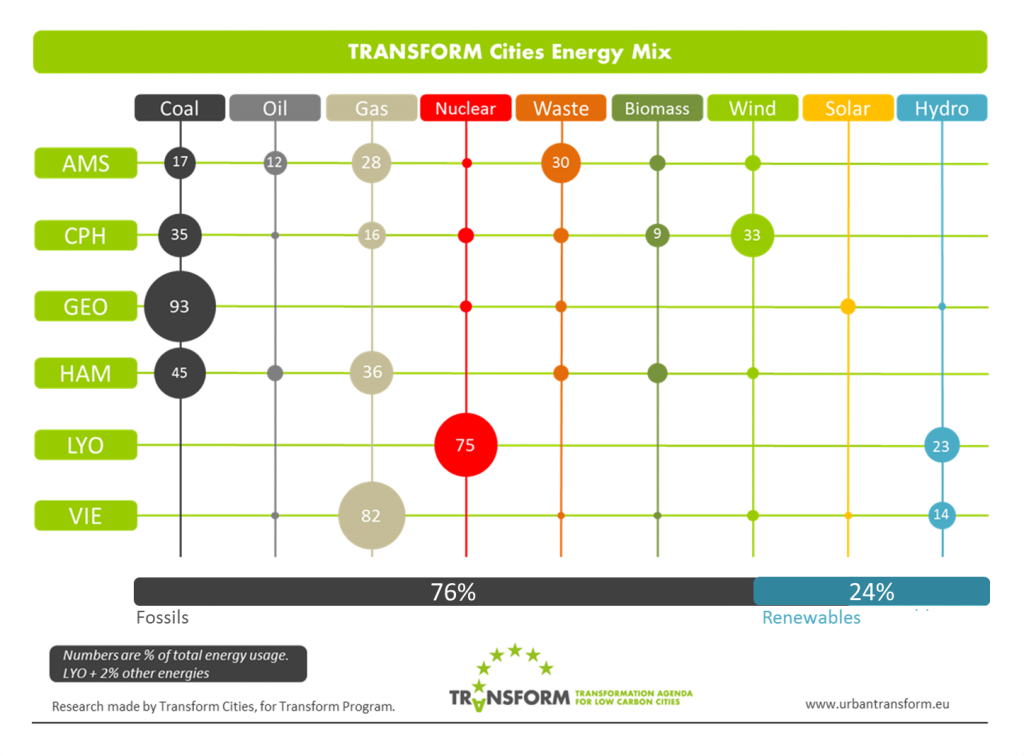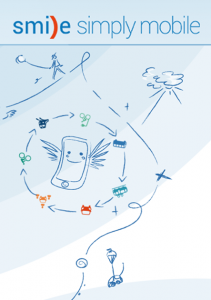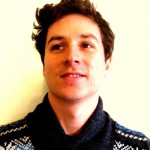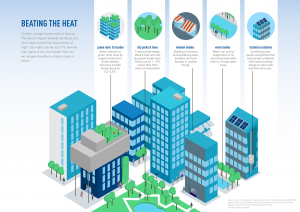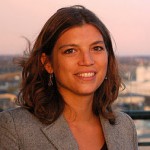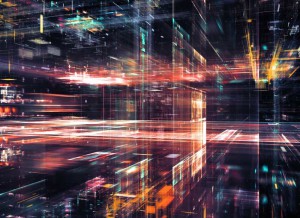Learning from economists: The inefficiency of efficiency. Transform post #23
 Why on earth should we focus on energy efficiency and why does it hardly have any effect?
Why on earth should we focus on energy efficiency and why does it hardly have any effect?
Some weeks ago I wrote about the energetic effect of refurbished dwellings, for which the city of Amsterdam invested 33.5 million Euros in the last years. Monitoring the effects is done by using the European standard for Energy Labels. It turns out that the diminishing effects are dramatically low: 1.65 metric tons CO2 instead of the upfront calculated 5.5 metric tons.
The economist William Stanley Jevons (1835-1882) was the first to describe the effect of inefficient efficiency measures. It is therefore called “Jevons Paradox”. In his book “The Coal Question” (1865) he describes the explosive growth of coal production after the energetic improvements of the steam engine by James Watt. In advance people assumed that great improvements in the steam engine would have a devastating effect on the coal industry. But the opposite was thru. Because of the great improvements the sale of steam engines soared and so was the production of coal.
Modern economists call this the “Rebounce effect”, which occurs after every energy-saving innovation. It is what we see everywhere around us: in our homes, our electrical appliances and the cars we drive.
Why should we proceed with energy efficiency? I think it is more effective and cost effective to invest in sustainable energy first, instead of the other way around. If you reduce the amount of energy needed in your house by 30% it takes two more years to burn the same amount of fuel compared to a not refurbished home: seven instead of five years. This is only a delay for the amount of energy we use and the amount of CO2 pushed into the atmosphere. Better invest in sustainable energy!
Investing in clean energy production like solar, wind, bio and especially the needed storage facilities feels more in tune with our strive for a cleaner world, solving problems of depletion, climate change and geopolitical constraints! What is your opinion?
Ronald van Warmerdam
Sr project manager Projectmanagement Bureau, city of Amsterdam / lecturer TuDelft / Coordinator TRANSFORM
https://twitter.com/rvwarmerdam


 Mr. Dik van Manen
Mr. Dik van Manen
